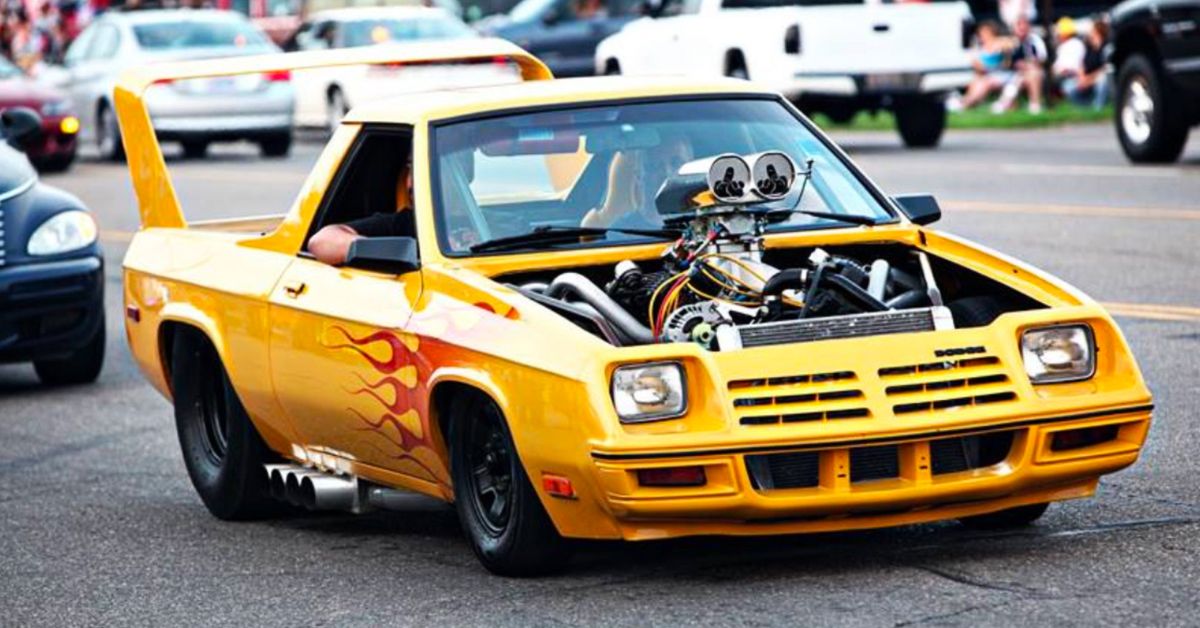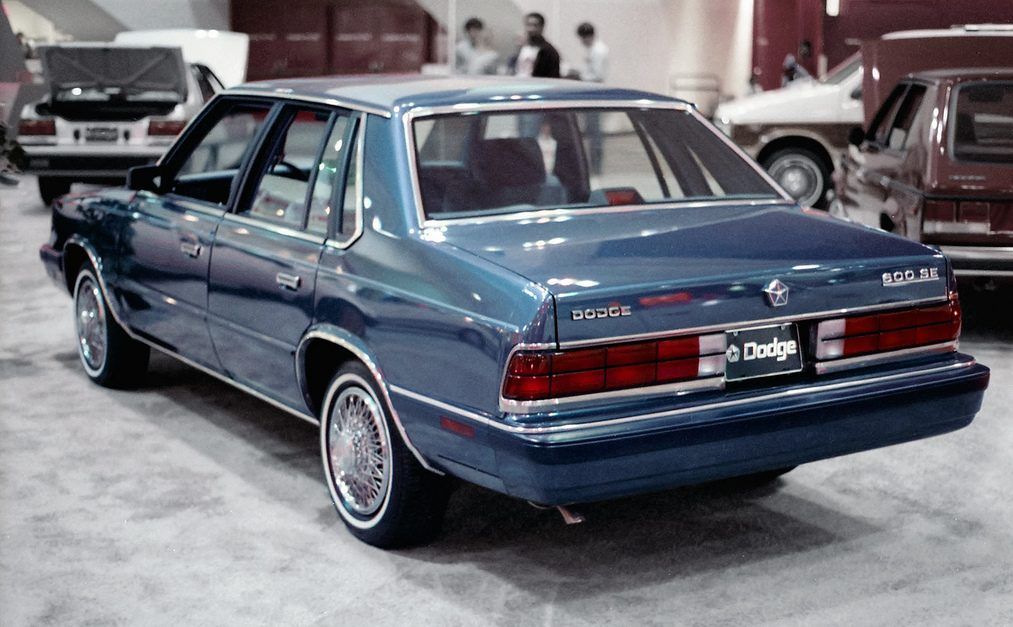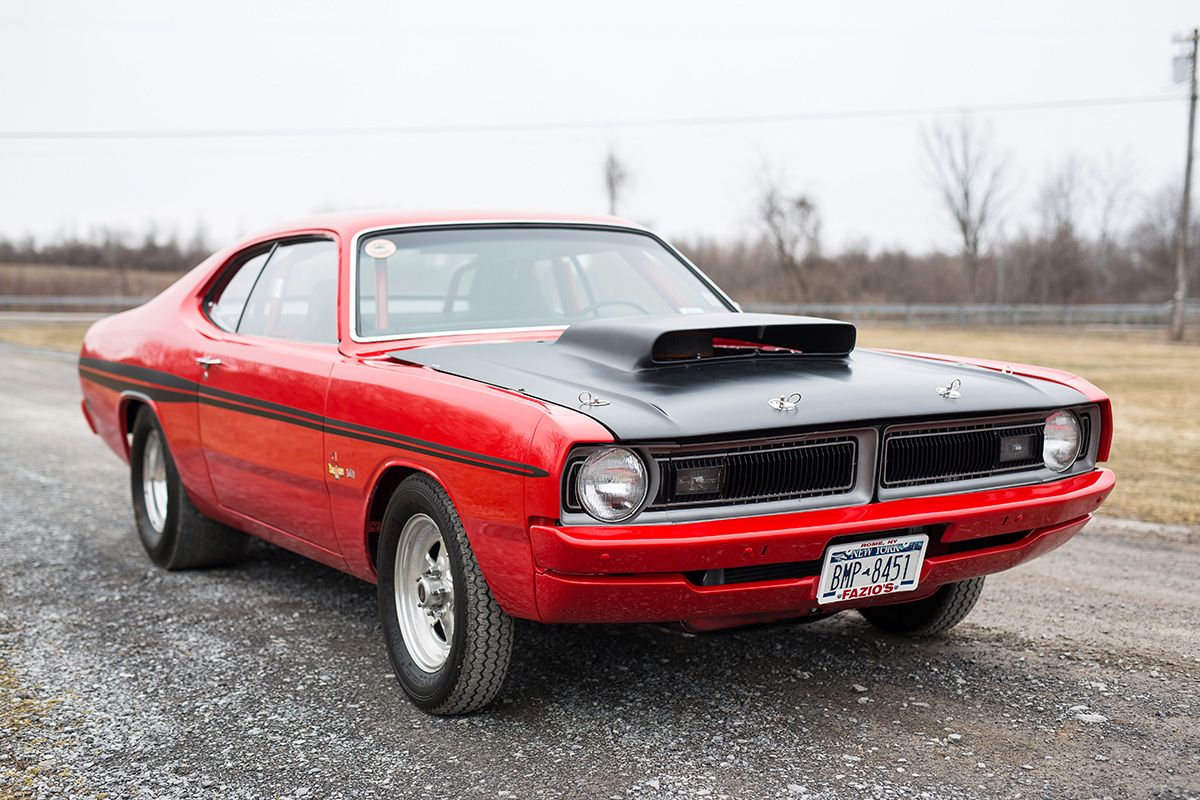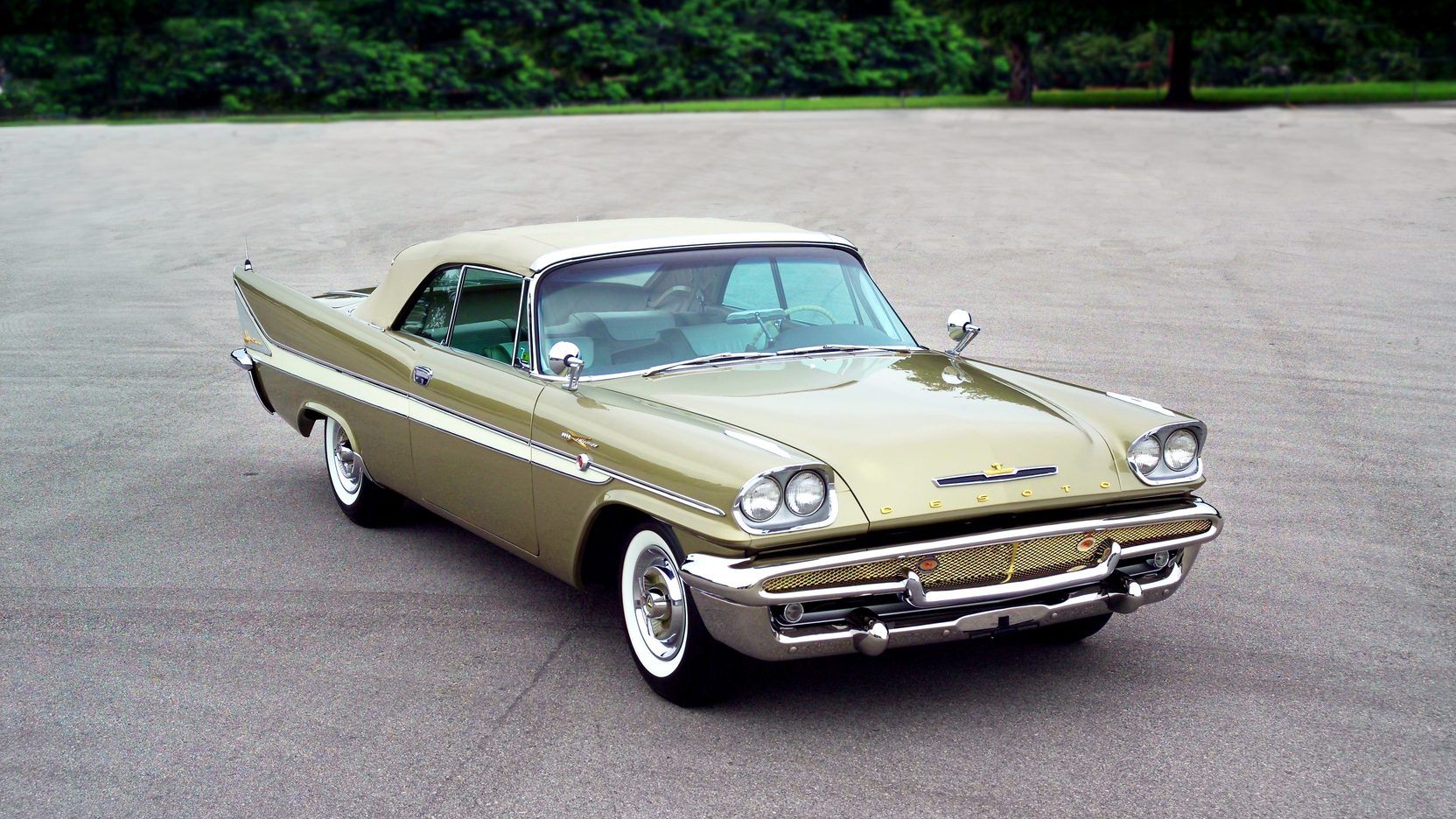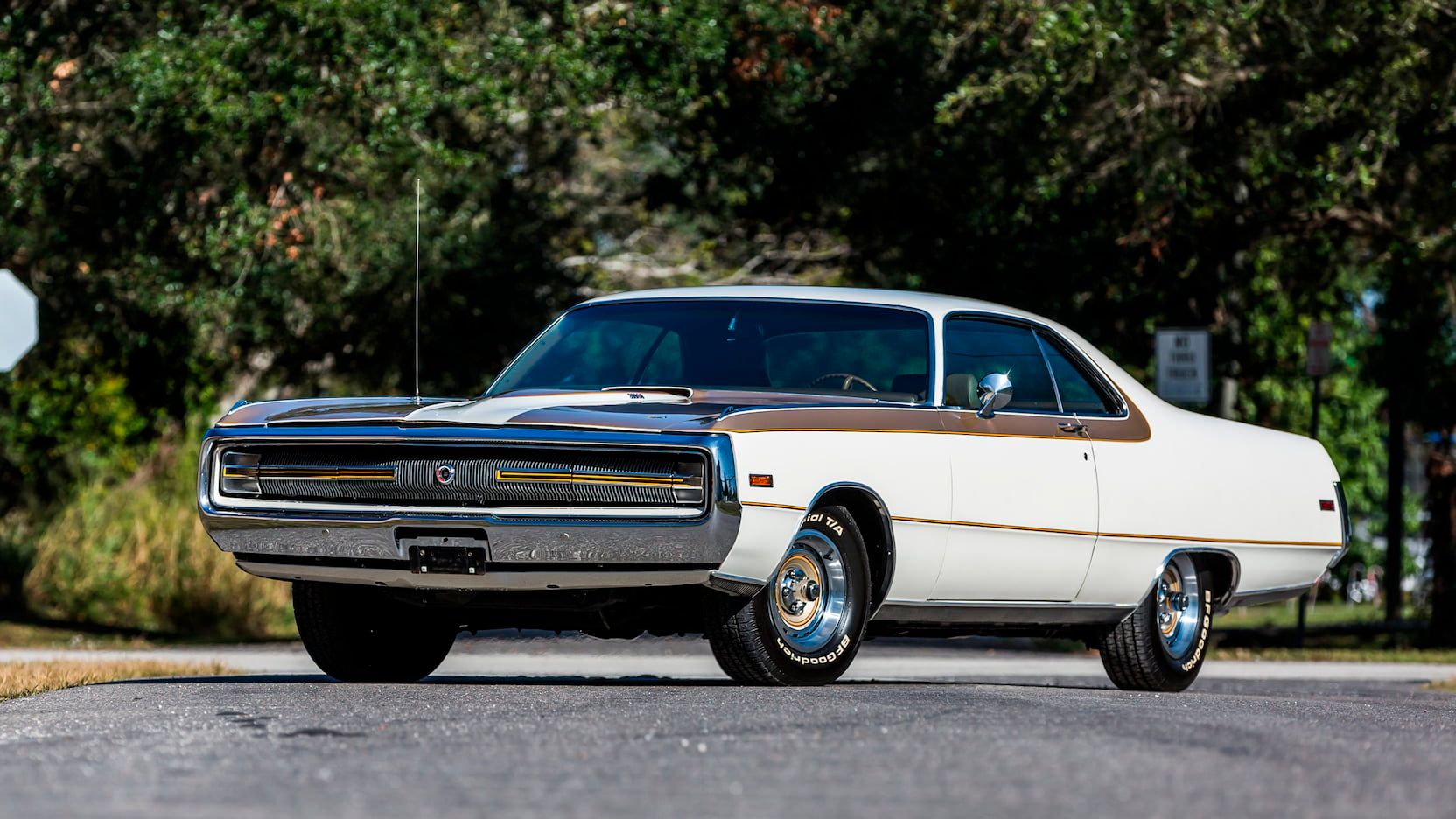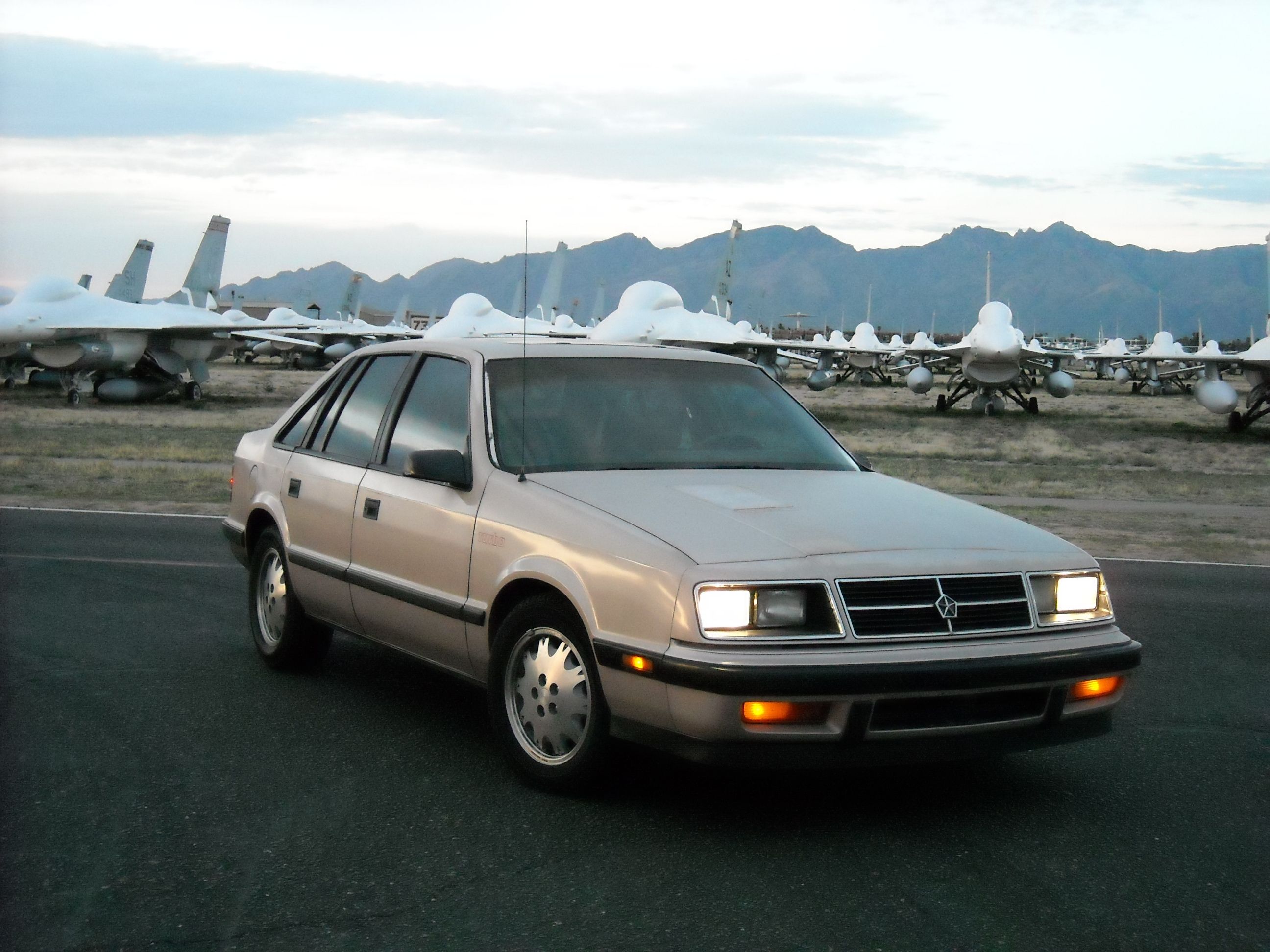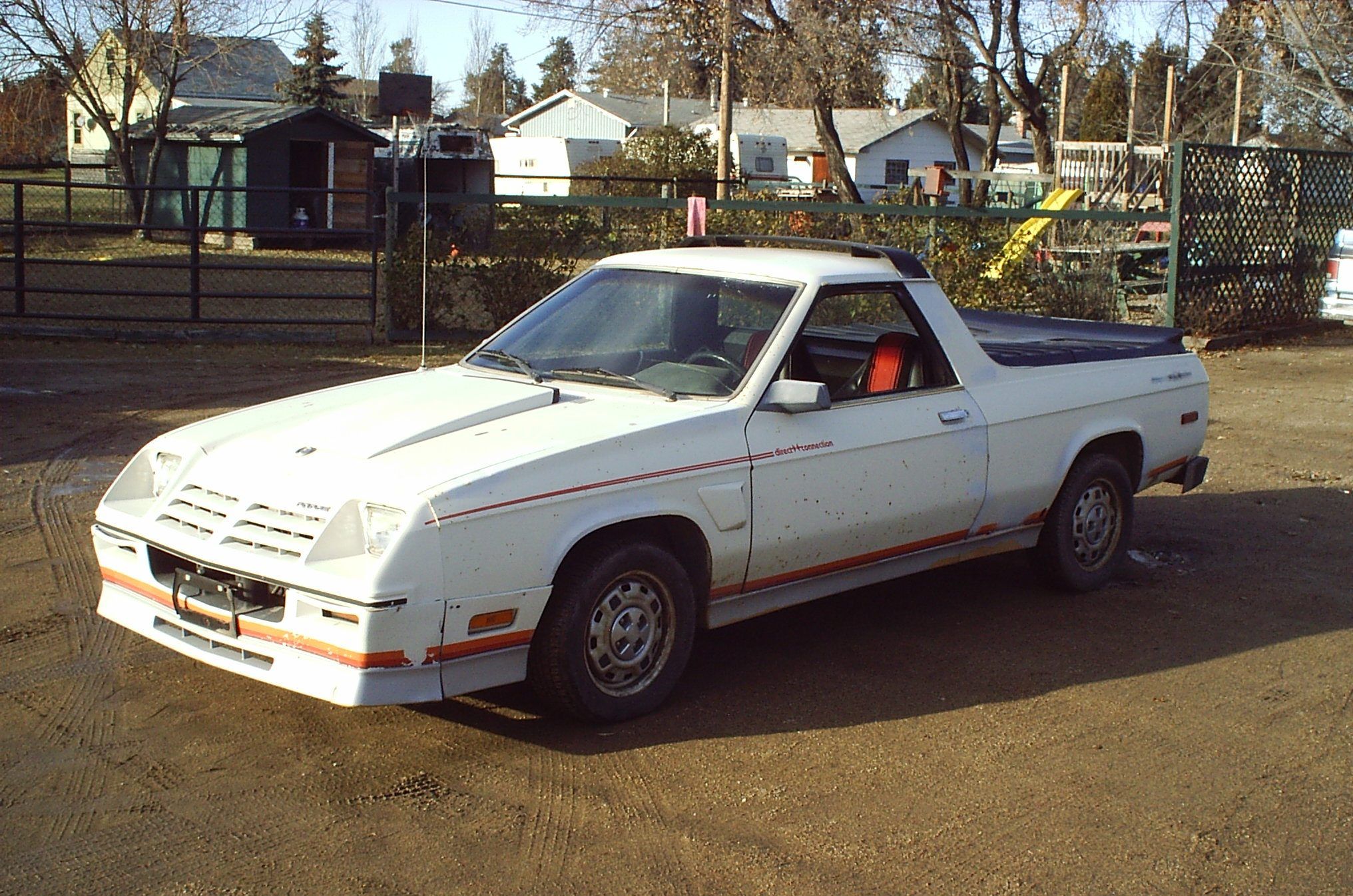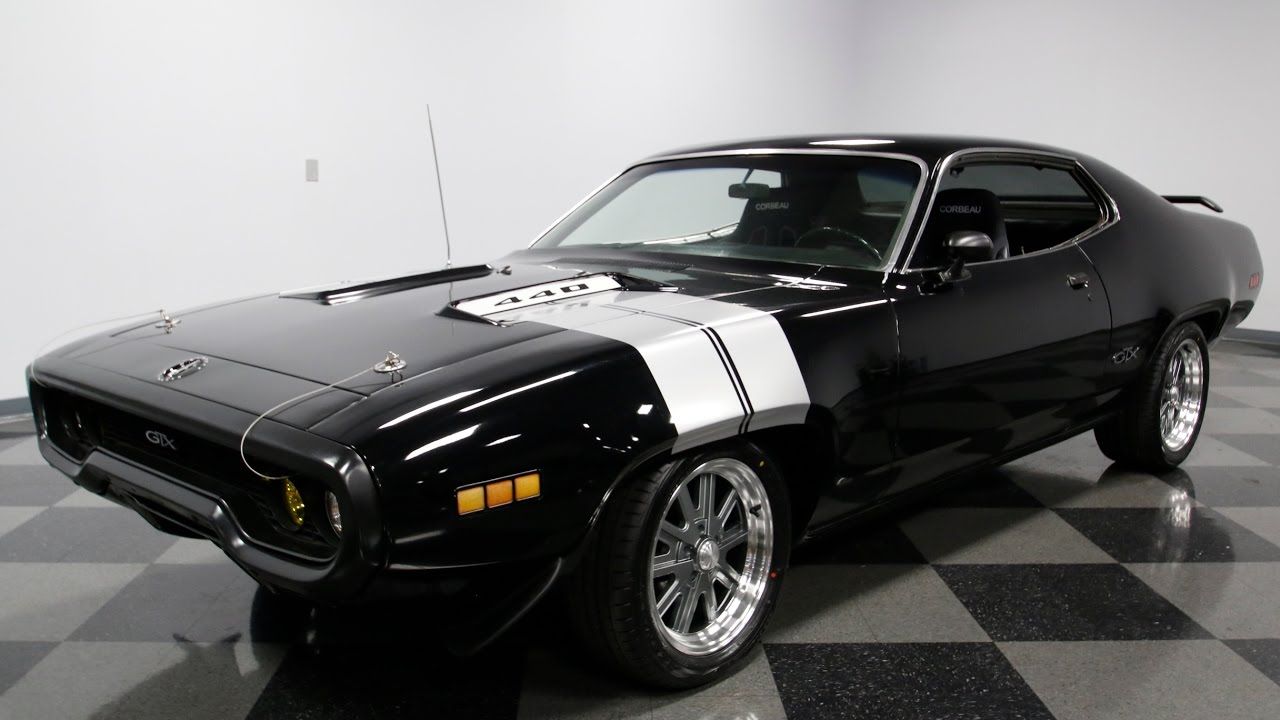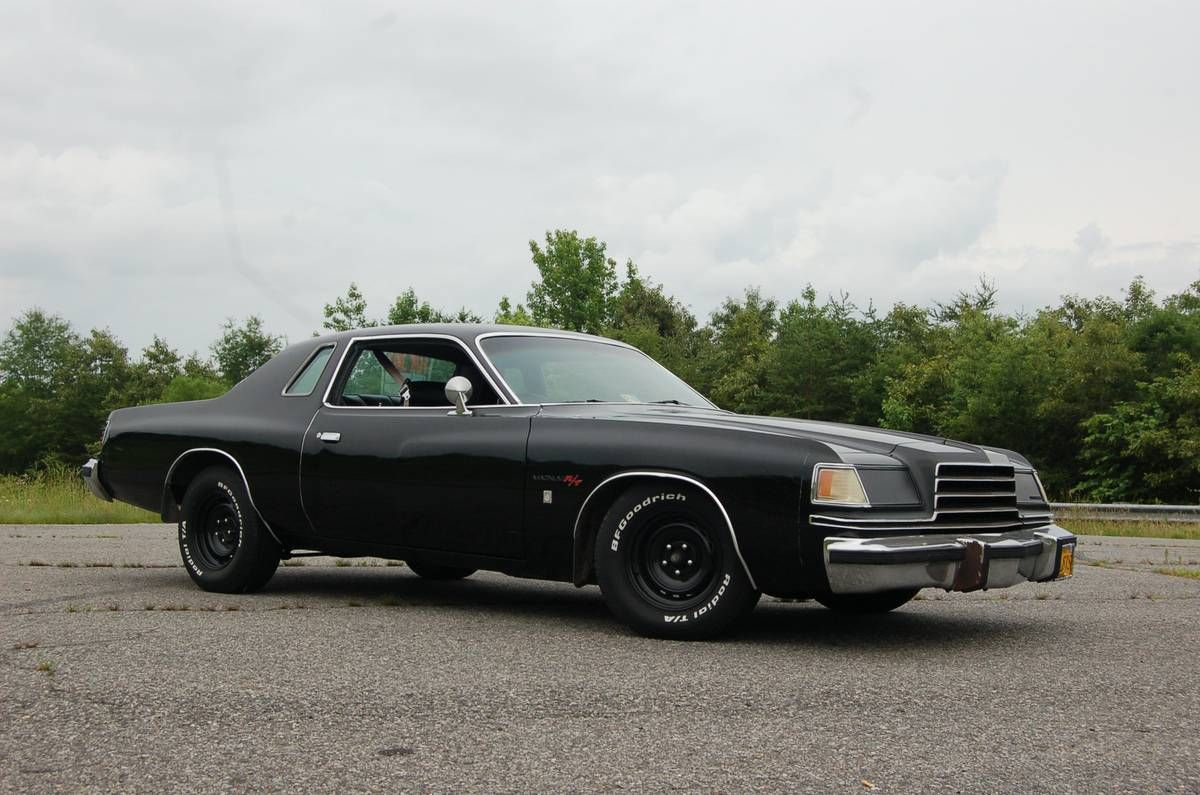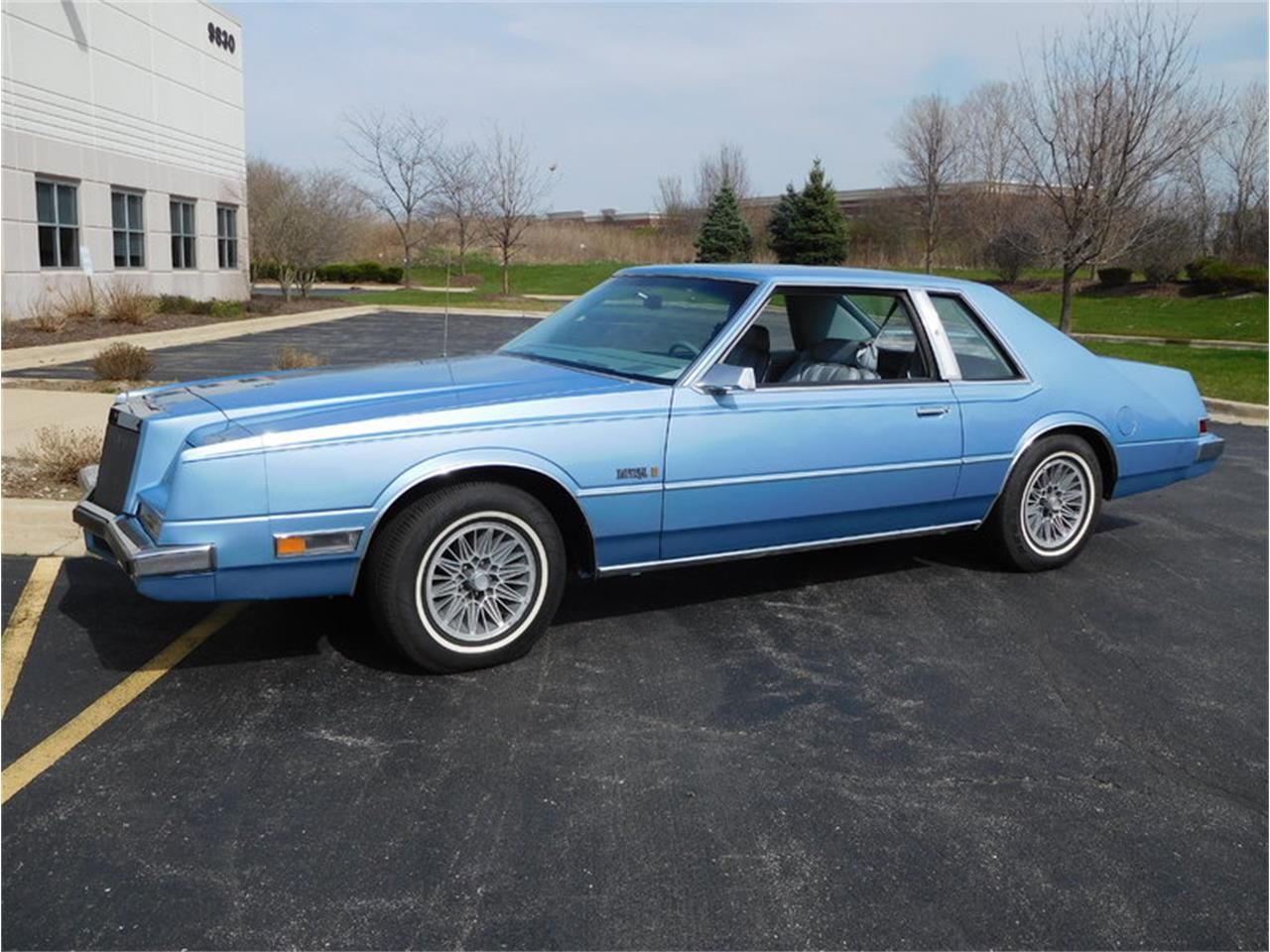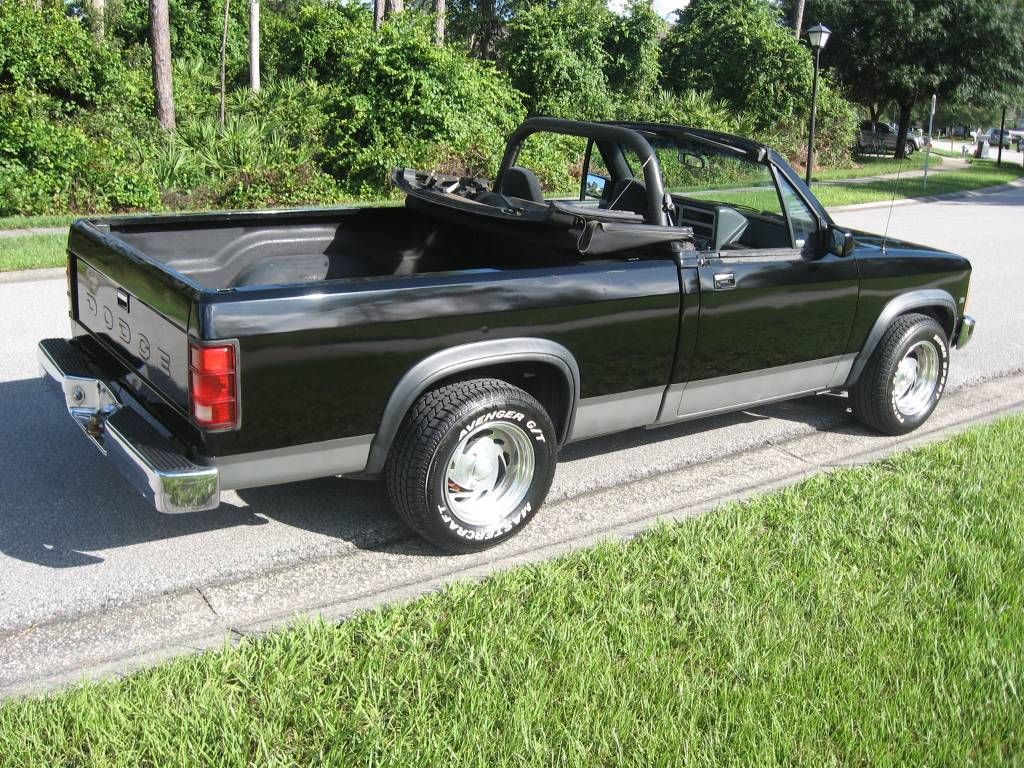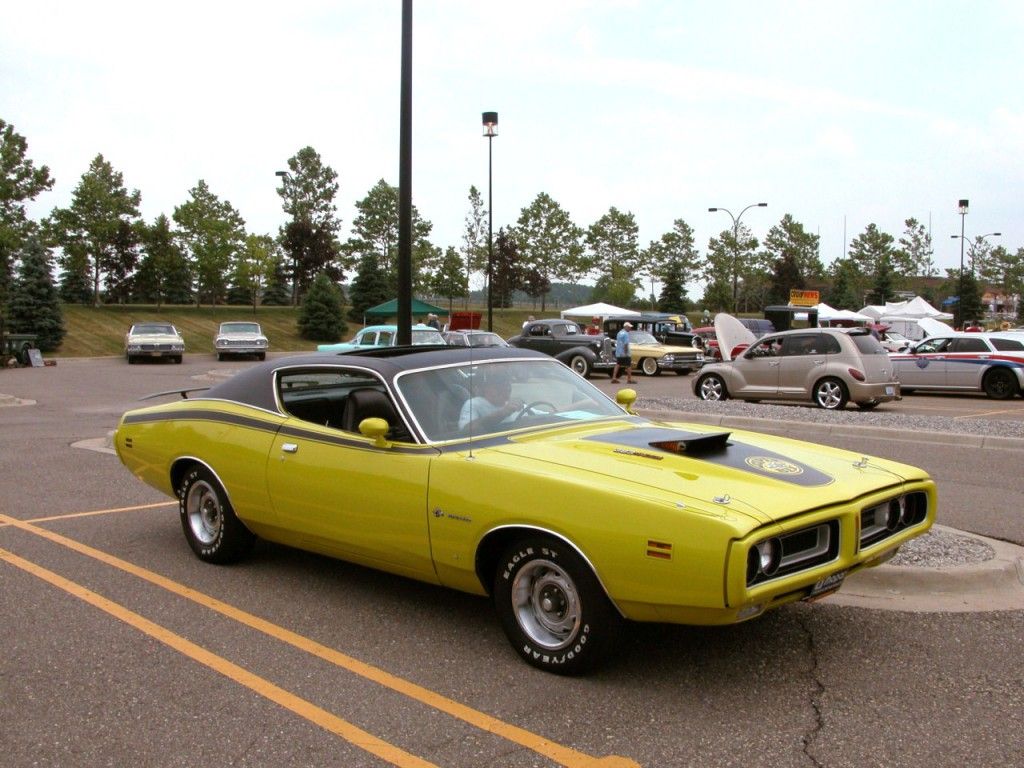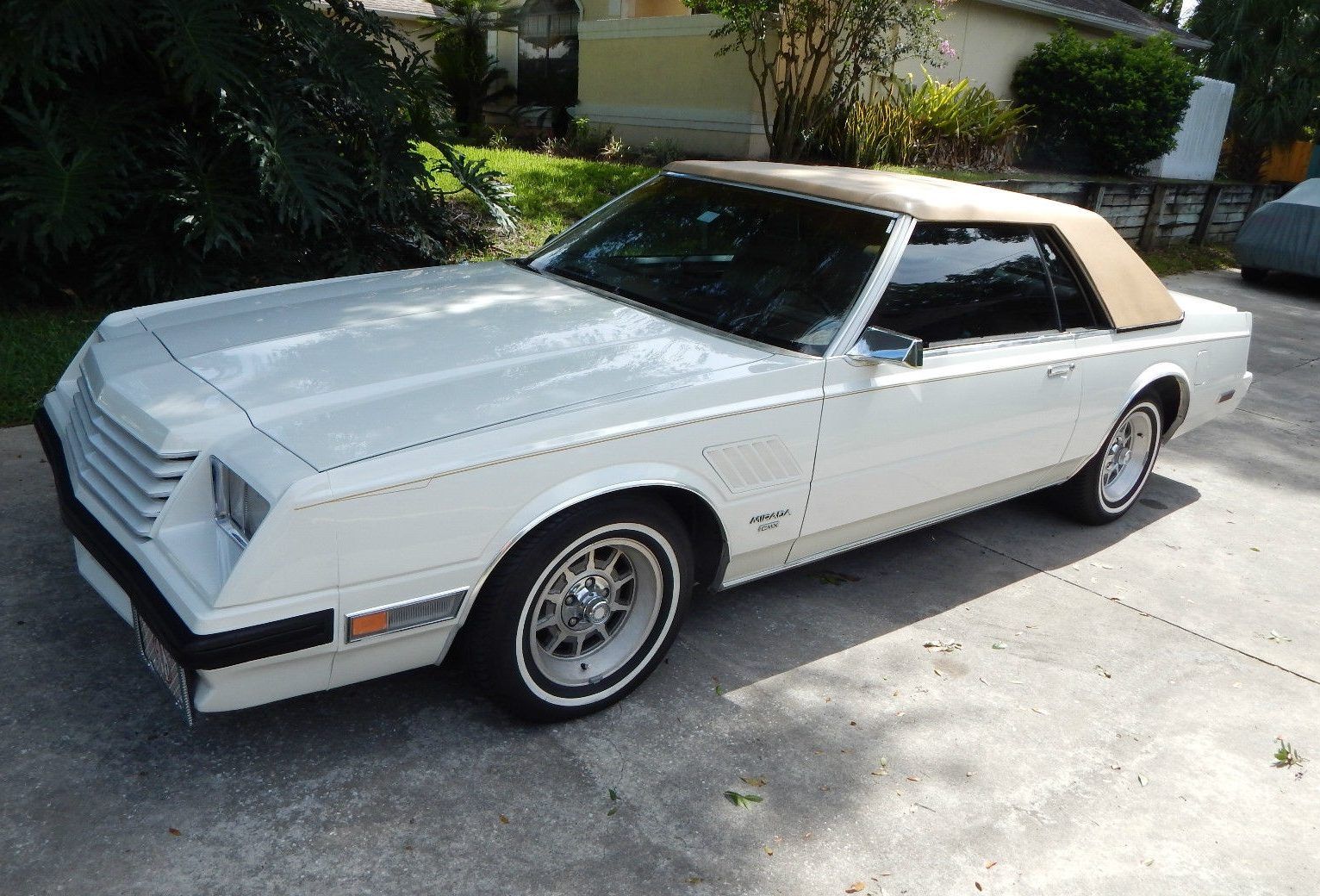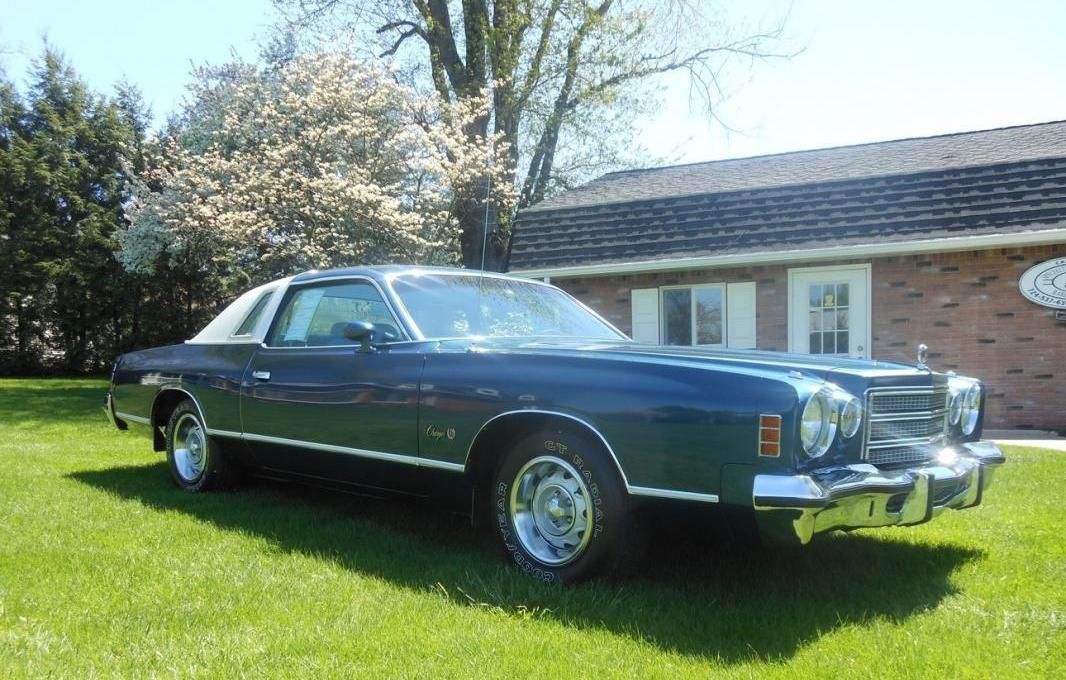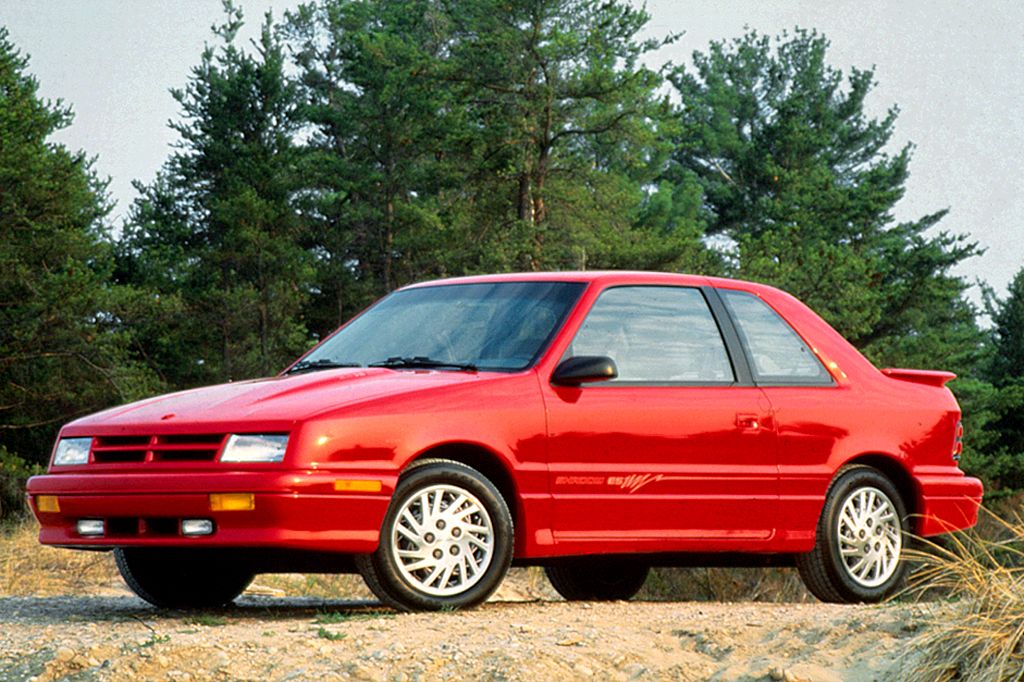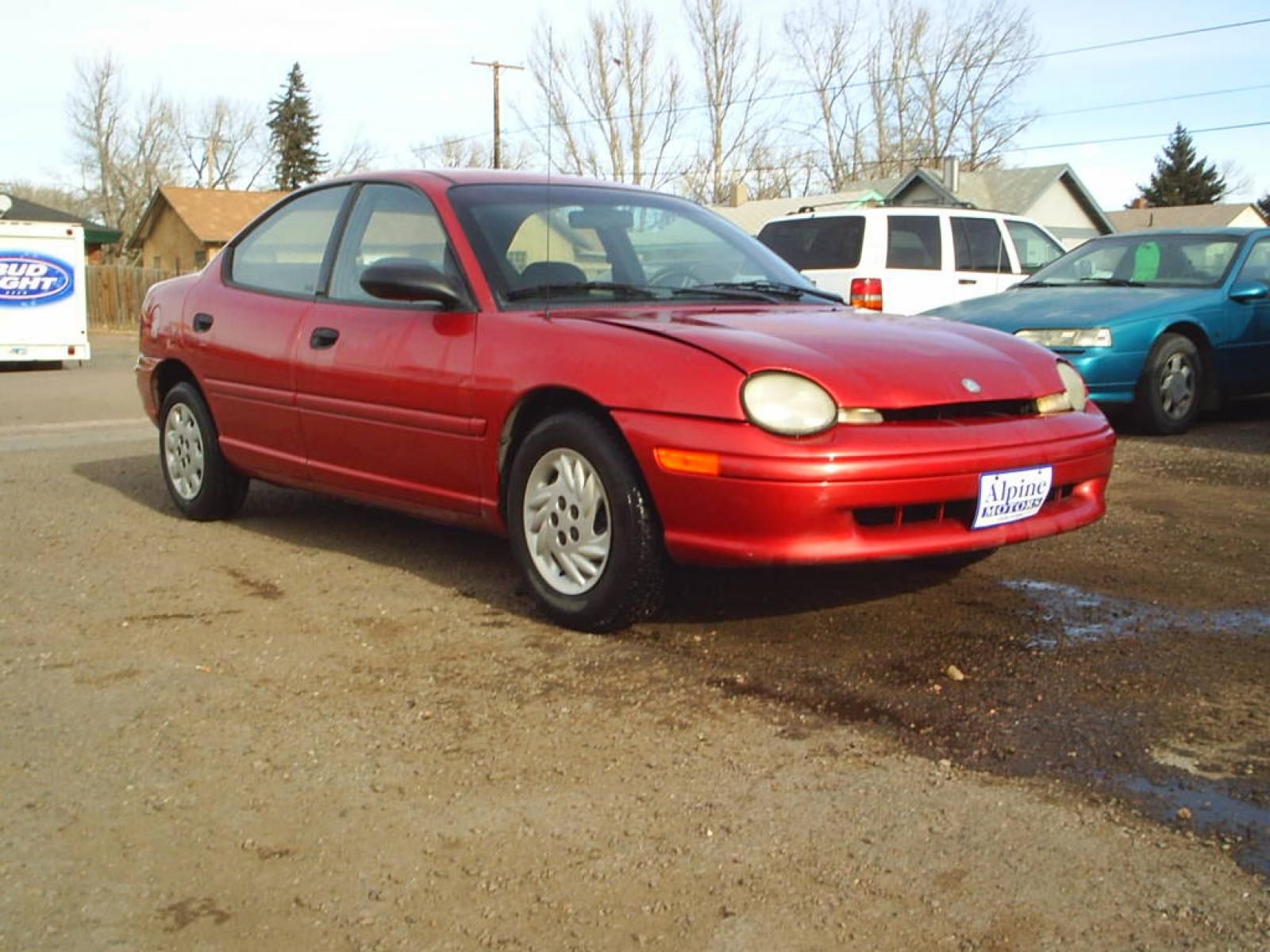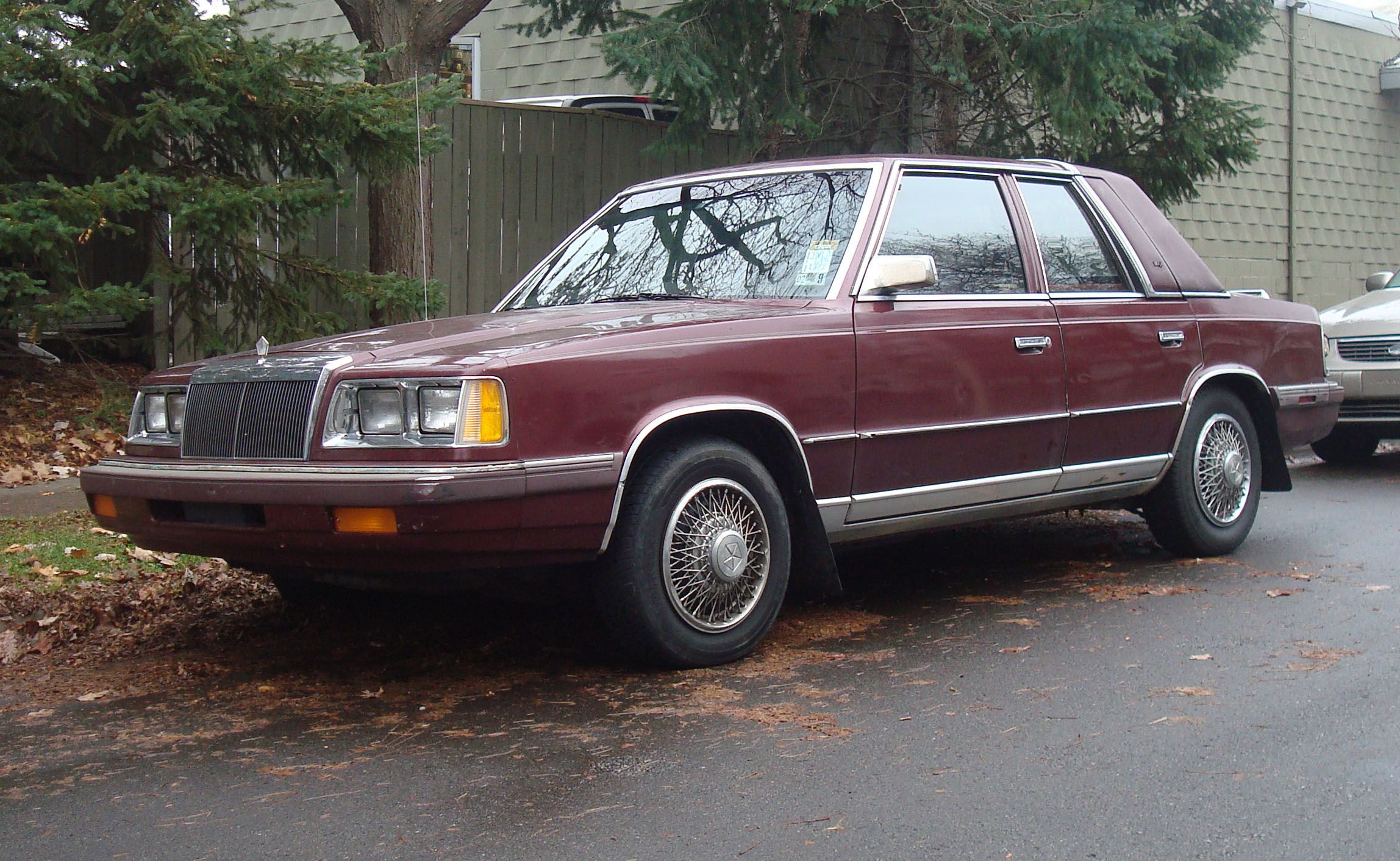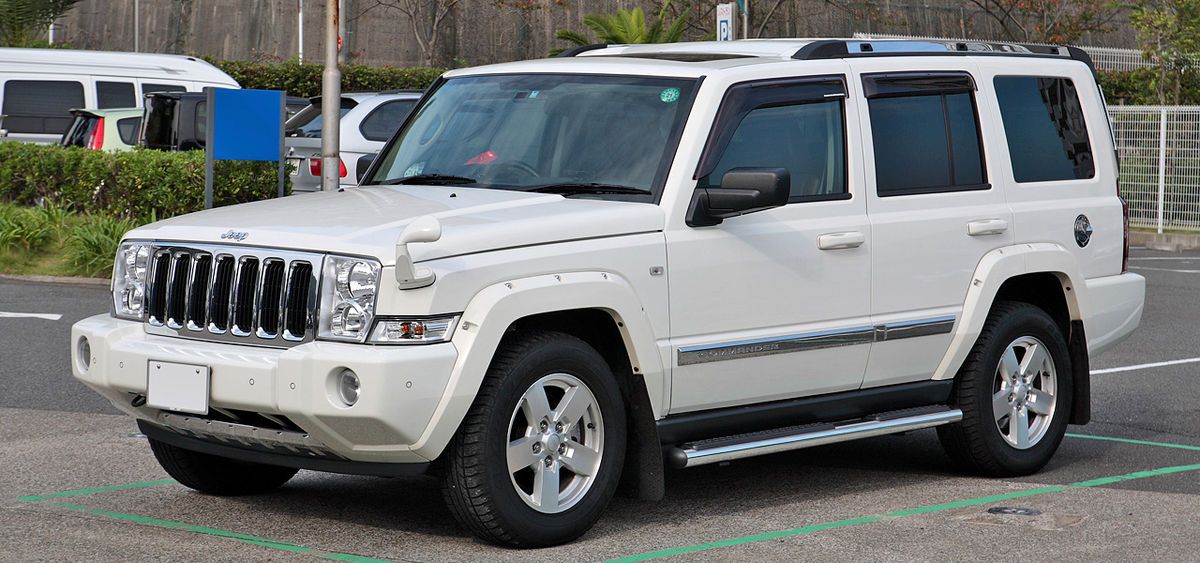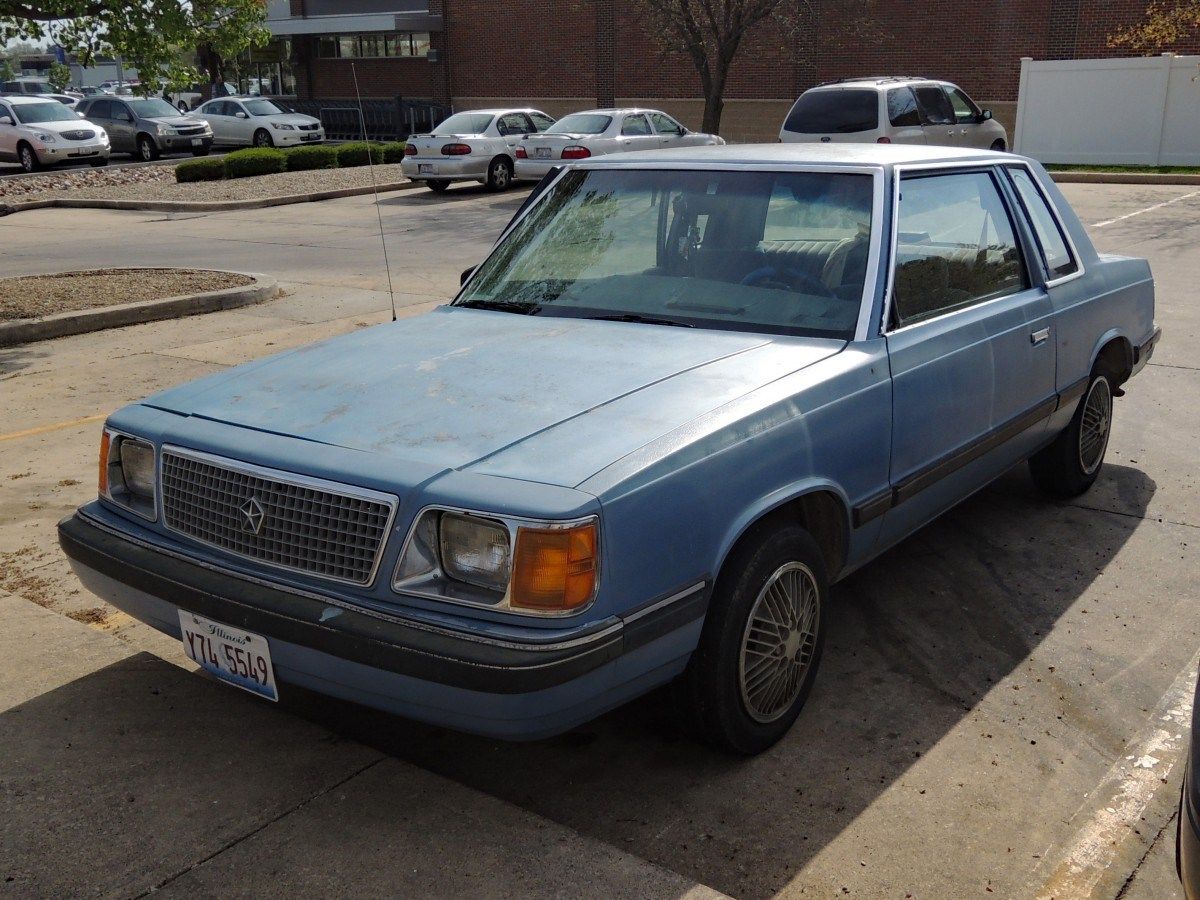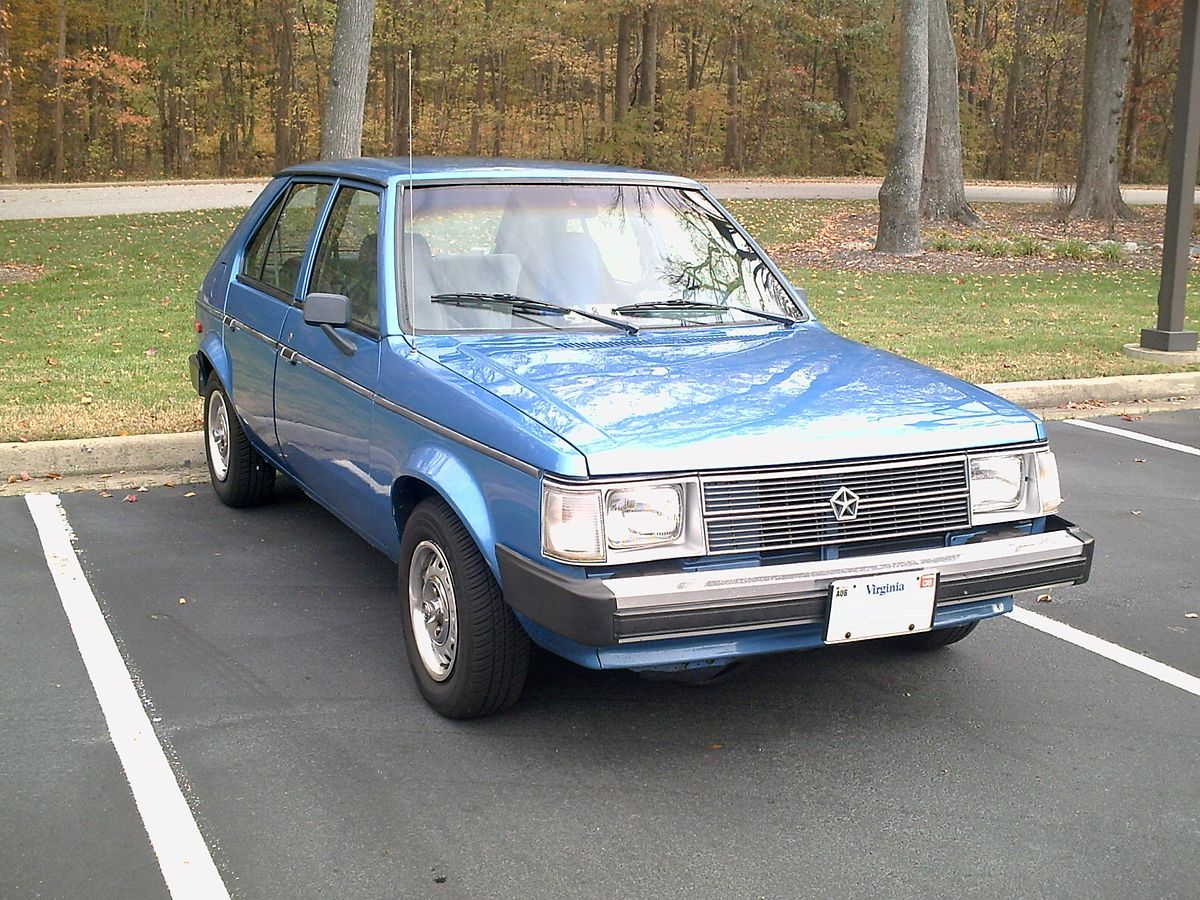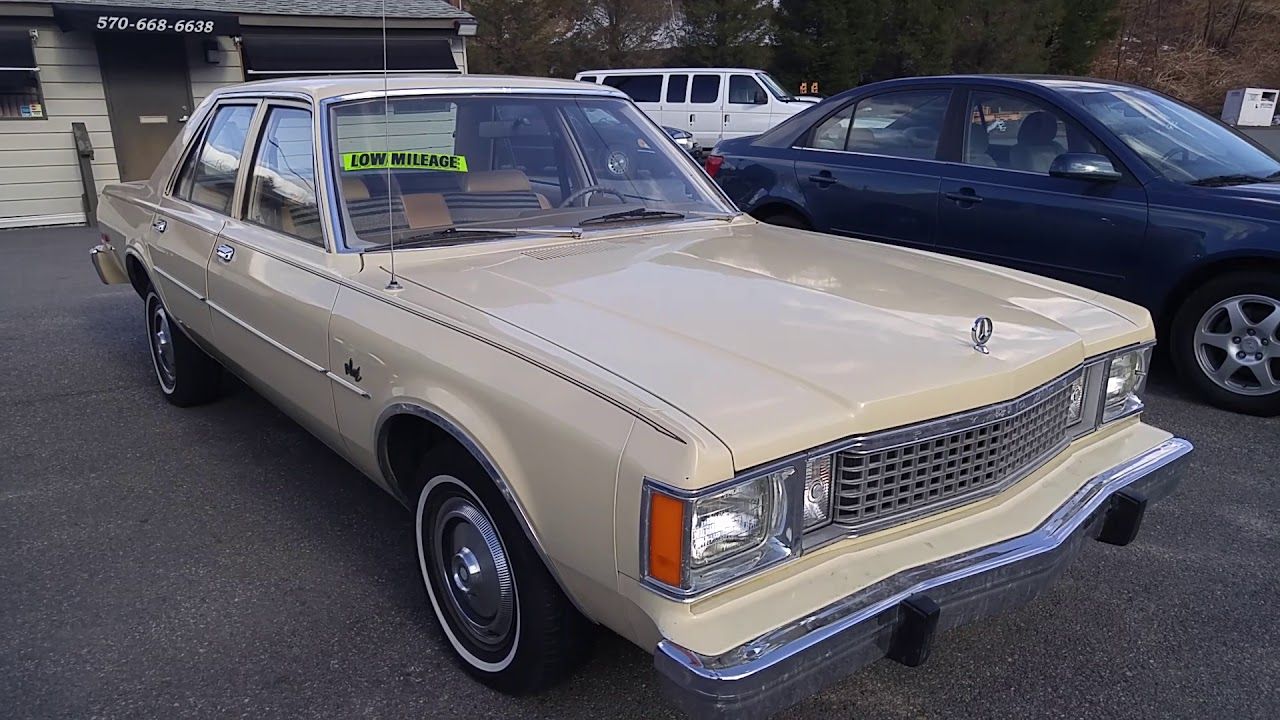Throughout the years, Mopar has pumped out countless cars that many of us have come to love, even if they have some pointless quirks that we have to complain about. However, a number of these have been wiped from the memories of many car enthusiasts and are unbeknownst to the younger generation of gearheads in-the-making.
There’s probably a good reason why most of these Mopar cars have faded out into the distance; many of them were incompatible with the industry during the time of their debut while others had more complex issues to whine about. No one is going to remember the sales failures of the De Soto Adventurer or the overpriced Dodge Lancer. Not that these cars are inherently bad, but they had a few hiccups that the consumer market just couldn’t get past.
On the other hand, there are also a fair amount of Chrysler products that we just can’t erase from our minds (no matter how hard we try). Many of these have been a pure nightmare for the unfortunate owner. As is typical with any car manufacturer grasping to stay alive in the dog-eat-dog world of car sales, cutting corners becomes all too easy.
Funnily enough, even if buyers may suffer the initial backlash of a cheaply-made vehicle, Chrysler has footed the bill for much of their losses. And, a number of these cars are a testament to that. The problem with Mopar cars is not that they’re all unreliable, it’s that buyers only recall the cars that did them wrong.
25 1983-1988 Dodge 600 (Forgotten)
The 600 wasn’t Mopar’s best work, and consumers weren’t willing to settle for it when they could buy ‘real’ luxury vehicles for only a little more. Attempting to compete with the low-reaching Cutlass along with other wannabe Detroit cars, the 600 got lost in the shuffle and turned out to be a total flop on Dodge’s part. Even if it was meant to be a luxury design with a little bit of luxury flair, it just didn’t have what buyers wanted; so it quickly died out. With only around 300,000 sold in the five years that it was in production, it’s debatable if there’s more than a few thousand left today.
24 1971-1972 Dodge Demon (Forgotten)
Today, the Dodge Demon is the trim level that hits the ceiling for the Challenger. However, there is a lot more to the story of this monstrous muscle car than the supercharged eight-cylinder engine that we’re familiar with now. The original Demon was released in the early 70s, but was met with an uproar of opposition by religious groups. Part of its body style had influences from the Dodge Dart, while the little, red devil became the key mascot of the car’s central theme. Unfortunately, that tiny symbol turned out to be the worst thing that Dodge could have ever conceptualized. After a single year of production, the Demon was taken off of the lot.
23 1956-1960 De Soto Adventurer (Forgotten)
Similar to the 300 series luxury vehicles, the Adventurer was meant to be a limited-production, high-end model in the De Soto lineup. The Adventurer was not a car to be reckoned with. It had an elegant design but was packed with a 341-cubic-inch Hemi V8 and even had fuel injection in its last few model years (1958-1960). Although the fuel-injection was meant to be a cutting-edge design offered as an option, the De Soto encountered many issues with the so-called ‘upgrade’ so it didn’t help much with sales. In fact, the entire Adventurer line ended a short two years after fuel injection was introduced, most likely due to the 60% drop in sales the year of its debut and a 40% drop the year after that.
22 1970 Chrysler 300 Hurst (Forgotten)
The Chrysler 300 Hurst was an oddball right from the start. It’s not widely accepted as part of Chrysler’s 300 series, yet it was meant to be a performance vehicle that was based on the 300's flair. What sets the 300 Hurst apart the most is the fact that it was built, not just by Chrysler/Mopar, but also with Hurst aftermarket performance parts. You’d think that this would give the 1970 Chrysler an edge in a sea of monotony. As it turns out, consumers are pretty big fans of conformity because Chrysler only built close to 501 models (that we’re aware of).
21 1985-1989 Dodge Lancer (Forgotten)
The re-introduction of the Dodge Lancer was a total letdown compared to prior iterations. It was conceptualized to be a hardtop family sedan that attracted a lot of attention to itself with a bit of Mopar style. However, the last version of the Lancer turned out to be an utter failure, particularly in Europe. The Lancer Shelby became a limited-edition car in the US, in spite of the fact that Dodge had in no way intended for that; a meager 487 were ever built (in total) for the 1988 and 1989 model years. Europe was even more disapproving of the compact sedan. The Chrysler version of the Lancer (GTS) was so far off the mark (and badly priced) that it only lived a year in Europe before being replaced by the Saratoga.
20 1982-1984 Dodge Rampage (Forgotten)
The Rampage was just another of the products that attempted to compete with the El Camino. Frankly, neither Ford nor Dodge came close to touching Chevy’s car-truck mutation, but Dodge was certainly the bigger failure. Today, the Rampage is scarcely even remembered, even though it’s not much uglier than its Chevy rival. Its sibling, the Plymouth Scamp, was even more insignificant, barely making an entire year on showroom floors (1983). Ultimately, the problem with half-car, half-truck combos is the lack of commitment; it didn’t have the gas mileage or family capacity of a car, but it also didn’t have the power or rugged capabilities of a truck.
19 1961-1971 Plymouth GTX (Forgotten)
The GTX could be built with the option of Plymouth’s two largest engines (at the time), the 440 and the 426 Hemi V8. They gave consumers the choice of 375 or 425 horsepower, respectively. However, since the GTX was born in the era of the Barracuda, Road Runner, Superbird, and Duster, this well-dressed muscle car was quickly overlooked. The GTX was simply too expensive compared to its competition and no one wanted to pay extra money for a nicer trim when they could have the exact same engine in another model. The Road Runner was originally priced at $2,945 brand-new, whereas, the GTX was $3,416. As always, practicality wins over all else in the car industry.
18 1978-1979 Dodge Magnum (Forgotten)
There’s some real truth behind not judging a book by its cover; in the same way, you should never assume a car’s abilities based on its body. The Magnum is a prime proponent of this myth. On the outside, the Dodge Magnum appears to be tougher than even the Charger, however, it was more of a luxury car that was meant to be more comfortable than a performance vehicle. The 400-cubic-inch V8 would fool you into thinking that the Magnum is a big box of fun, but this rear-wheel-drive car was a hot mess. It hadn’t fully committed to its luxury feel that you get from the plush seats and spacious cab on the interior, maintaining its tough-guy rep under the hood. For some, this sounds like a dream, but consumers weren’t dazzled by the Magnum’s split personality.
17 1981-1983 Chrysler Imperial
The early 80s witnessed a short return of the Imperial, the last that would mimic the original marque. However, Chrysler’s shift in management during the 70s left their lineup somewhat distasteful, and the Imperial was not one of the lucky ones to make it out alive. In its three years, the 80s Imperial sold about 12,000 cars, making it a bit of a failure. The problem was the wannabe luxury coupe’s inability to keep up with its would-be competitors, Lincoln and Cadillac. Instead, when consumers were left to choose between the overpriced and unreliable likes of the Imperial or a renowned Caddy or Lincoln, most opted for the latter two.
16 1989-1994 Dodge Dakota Sport Convertible (Forgotten)
The convertible version of the Dakota Sport was an unusual breed because it had more of an appeal than the Subaru Brat, even though they were very similar in size. Unsurprisingly, the convertible was pretty basic; it was a manual top and had a roll bar for safety. The truck looked pretty cool, but since most buyers are more concerned with practicality than they are with appearance or recreation, the convertible’s fate was sealed nearly from the start. Hardtops have an undeniable longevity and felt more comfortable to the conformist car buyers. There was nothing inherently wrong with the Dakota Sport convertible, though. It was a quick little truck that could be fun as well as useful, yet it just slipped through the cracks.
15 1968-1971 Dodge Super Bee (Forgotten)
Dodge’s Super Bee seems like a memorable car to the average muscle car fanatic, but it has slowly faded into the backdrop as bigger names have taken over the scene. Nowadays, the Charger and Challenger are held in much higher regard. This could be partially due to the fact that the initial two years of the Super Bee’s life were spent in the body of a Coronet. It wasn’t until the Super Bee’s final year of production (for the first gen) that Dodge swapped it to the Charger line, making it the cheapest trim in the entire line. After experiencing a major loss in sales from 1969 to 1970, the Super Bee’s transition into a Charger was its last shot. Unfortunately, 1971 sales weren’t an improvement from 1970, reaching only 5,054 units.
14 1980-1983 Dodge Mirada (Forgotten)
Amid a period when personal luxury vehicles were considered a staple of all successful manufacturer’s lineup, the Mirada was met with little response from consumers. The Mirada was a severely downplayed car during the early 80s. Whether it was a result of the bad taste that its predecessors had left behind, or the fact that it was overpriced, the Mirada wasn’t a very popular car and is extremely rare today. Released during a time of financial crisis for Chrysler, the Mirada was a Cordoba brainchild and the manufacturer had cut many corners in reviving the long-time car. After all, the Cordoba was Dodge’s pride and joy because of its large consumer appeal for so many years. The Mirada just didn’t have what it took to attract enough buyers.
13 1975-1978 Dodge Charger SE (Forgotten)
The Charger has met many ups and downs throughout its many years of production. In spite of being Dodge’s flagship for many decades, there was still a generation that is easily forgotten. Instead of keeping what really worked well for the Charger, Dodge decided to transform the beloved muscle car into a full-fledged 70s disco coupe. It resembled the Cordoba in many ways, which didn’t make sense as far as sales go; consumers weren’t inclined to buy the Charger SE for the cost because it wasn’t that much more luxurious than your average car. It should probably go without saying that this was a total failure, but Mopar quickly learned from its costly mistake.
12 1987-1994 Dodge Shadow/Plymouth Sundance (Worst)
The Shadow/Sundance was one of those compacts that was doomed from the start, but Mopar kept making them because Dodge and Plymouth needed a car that could improve their CAFE numbers at the time. In spite of losing some fat cash on the Shadow/Sundance, Chrysler continued to keep making them. Although, the Mopar parts only stayed for so long; toward the end of the line for the Shadow/Sundance, Chrysler sourced its engine from Mitsubishi. No matter what manufacturer built the car, though, the compact became a token of resentment for Chrysler, and the Neon was a relieving replacement (at first, anyway).
11 1995-1999 Dodge Neon (Worst)
As most of us know, the Dodge Neon turned out to be one of the worst cars that was ever built by Mopar. It seems that the manufacturer was cutting corners and getting parts as cheap as possible in order to offer the lowest price. Not everything about the Neon was all wrong; it was a car built to have a more spacious cab than its competitors. And it excelled at that, but that wasn’t nearly enough to get consumers to keep coming back for more. After huge problems became commonplace, like blown head gaskets or its propensity to lose its paint, the Neon became a sore subject. However, instead of getting rid of it altogether, Dodge saw the value in a small sedan and decided to revamp it in the second generation.
10 1989-1995 Plymouth Acclaim/Dodge Spirit/Chrysler LeBaron (Worst)
Mopar came in with the Acclaim/Spirit/LeBaron at just the wrong time in the car industry: during the reign of the Taurus. Since Ford had pretty much dominated the midsize sedan market for US manufacturers, that left little space for all of Mopar’s creations to step in. However, considering the total lack of reliability that each iteration offered, it’s no wonder that the Taurus had exploded in popularity. The engineering of these cars was obviously uninspiring, everything from the exterior body style to the instrument cluster was a boxy nightmare. We’re not sure who Chrysler was trying to fool by keeping the K-car platform alive, but consumers weren’t buying it (literally).
9 2006-2010 Jeep Commander (Worst)
The Jeep Commander wasn’t exactly sure of itself, leading an entire body of consumers to a state of confusion. It looked like an uglier and larger version of the Grand Cherokee, but promised the space of a Hummer H2 (which was popular at the time). However, the cramped third row wasn’t sufficient to actually hold an adult, and the cab was an overall failure in comparison to many of its bigger competitors. In truth, Chrysler was getting too far ahead of itself; you can’t cram all of that automobile into the small(ish) package of a Commander. Instead, consumers who wanted a large SUV went for a Tahoe or Expedition because it had all of the cargo space that they needed. Buyers shopping for something slightly smaller were put off by the Commander; it was just impractical and too in-between on the size chart.
8 1981-1989 Dodge Aries/Plymouth Reliant
While the K-cars certainly brought some short-term success to the Chrysler Corporation, consumers quickly caught onto their cost-cutting tactics. The Aries/Reliant is one of the initial K-cars that really painted a bad name on Chrysler’s cars. Similar to later K-platform models, the Aries and Reliant experienced premature head gasket issues and blown engines. During its debut, the Aries/Reliant sold like hotcakes (over half-a-million in total). It wasn’t until it was too late that buyers realized that the K-car was a total failure. Chrysler made good cash off of the Aries/Plymouth, but carried a stigma—as it turns out, consumers don’t take deception very well—for decades to come.
7 1978-1990 Dodge Omni/Plymouth Horizon (Worst)
Nothing about the Omni or Horizon was exceptional, especially since it was inspired by Volkswagen’s Rabbit. Although, we’re not so sure ‘inspiration’ is a competent term for this situation; ‘imitation’ may be better. Just like anything else you buy in its generic form, the Omni/Horizon was mediocre as far as accessories go, and was a complete wreck under the hood. The Omni/Horizon was one of the worst-handling cars that Chrysler has ever made, and even Consumer Reports deemed it unacceptable in that respect. Despite how much hate everyone has for this little hatch, the Omni/Horizon survived for over a decade, only bringing up sales when Chrysler decided to upgrade the standard trim.
6 1976-1980 Dodge Aspen/Plymouth Volaré (Worst)
No one in their right mind would own a used Aspen or Volaré today. It was hardly worth the investment during its original release and nearly led Chrysler to its demise. The Volaré wasn’t a well-made car and what’s worse, there was nothing enjoyable about it that kept customers happy. For having a big 360ci V8, you would think that it would pump out some horsepower, but the Volaré was relatively modest in terms of power, only capable of 160 horses during its debut before making a small improvement by the end of its life, up to 175hp. The rear brakes had a strong propensity to lock up and the car was liable to leave the occupants stranded (no matter how new it was). This led to Chrysler having to foot the bill for a plethora of repairs during its initial release.

